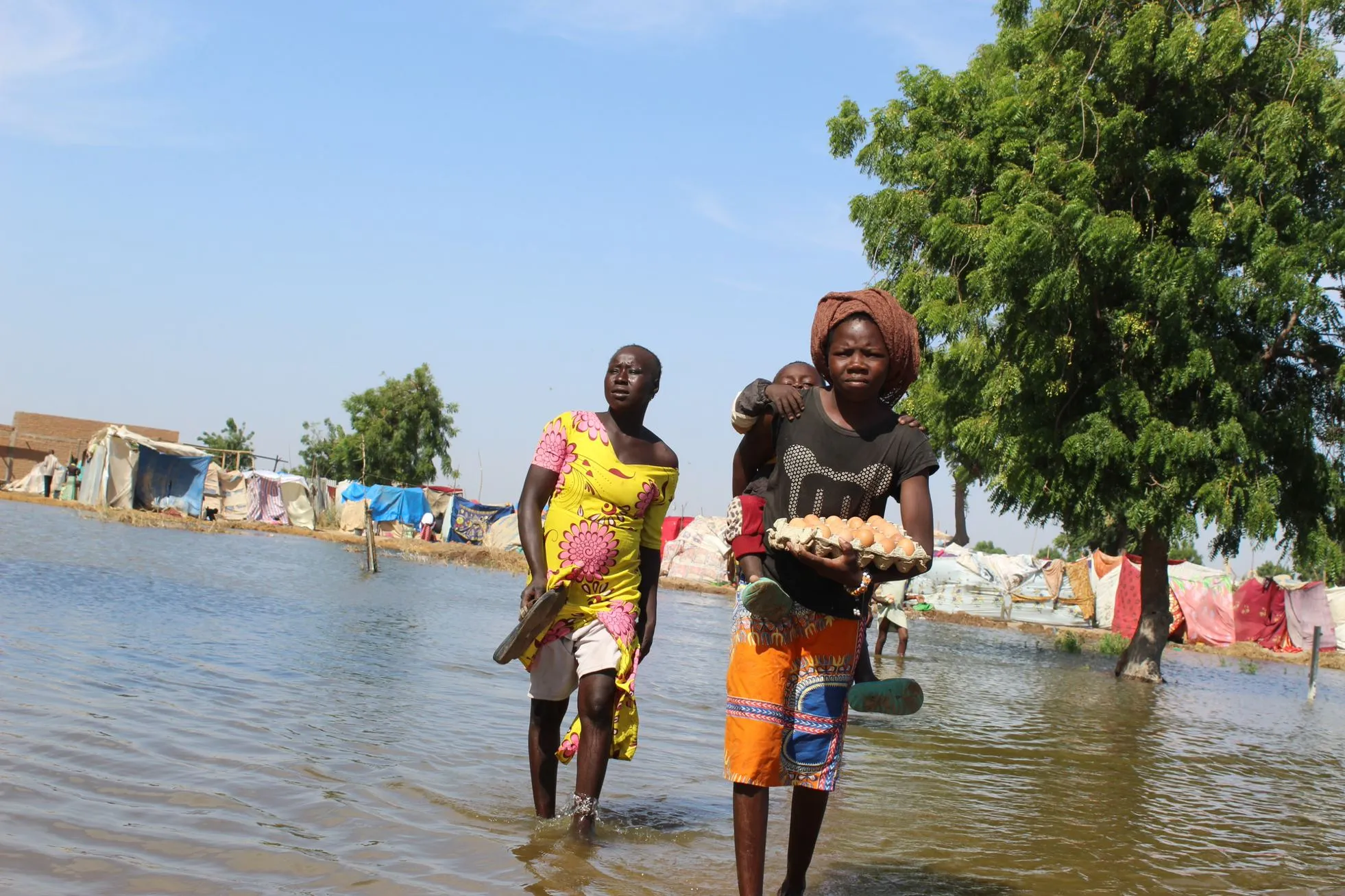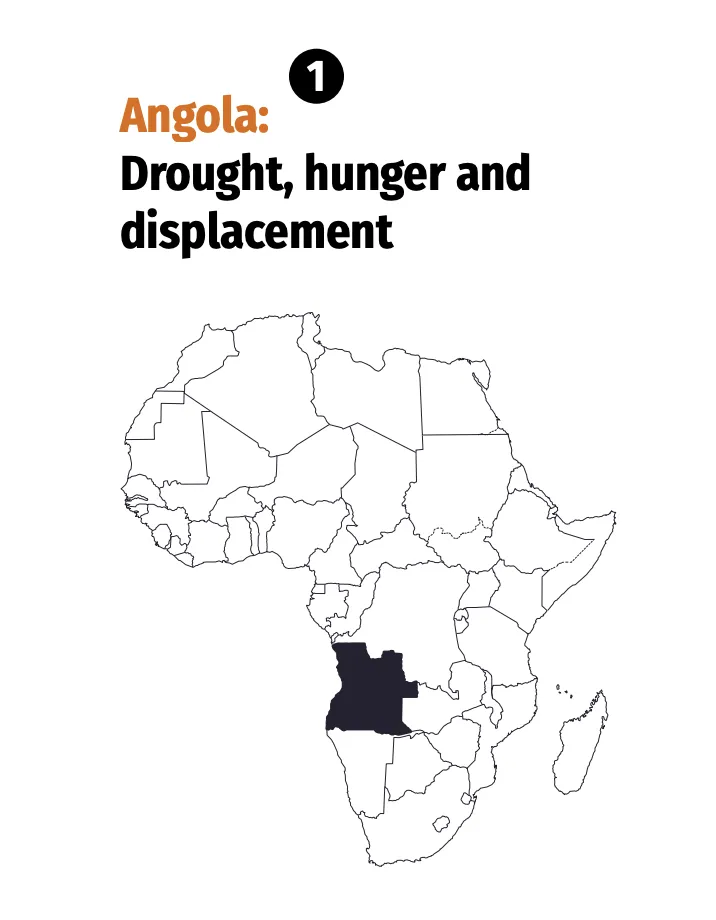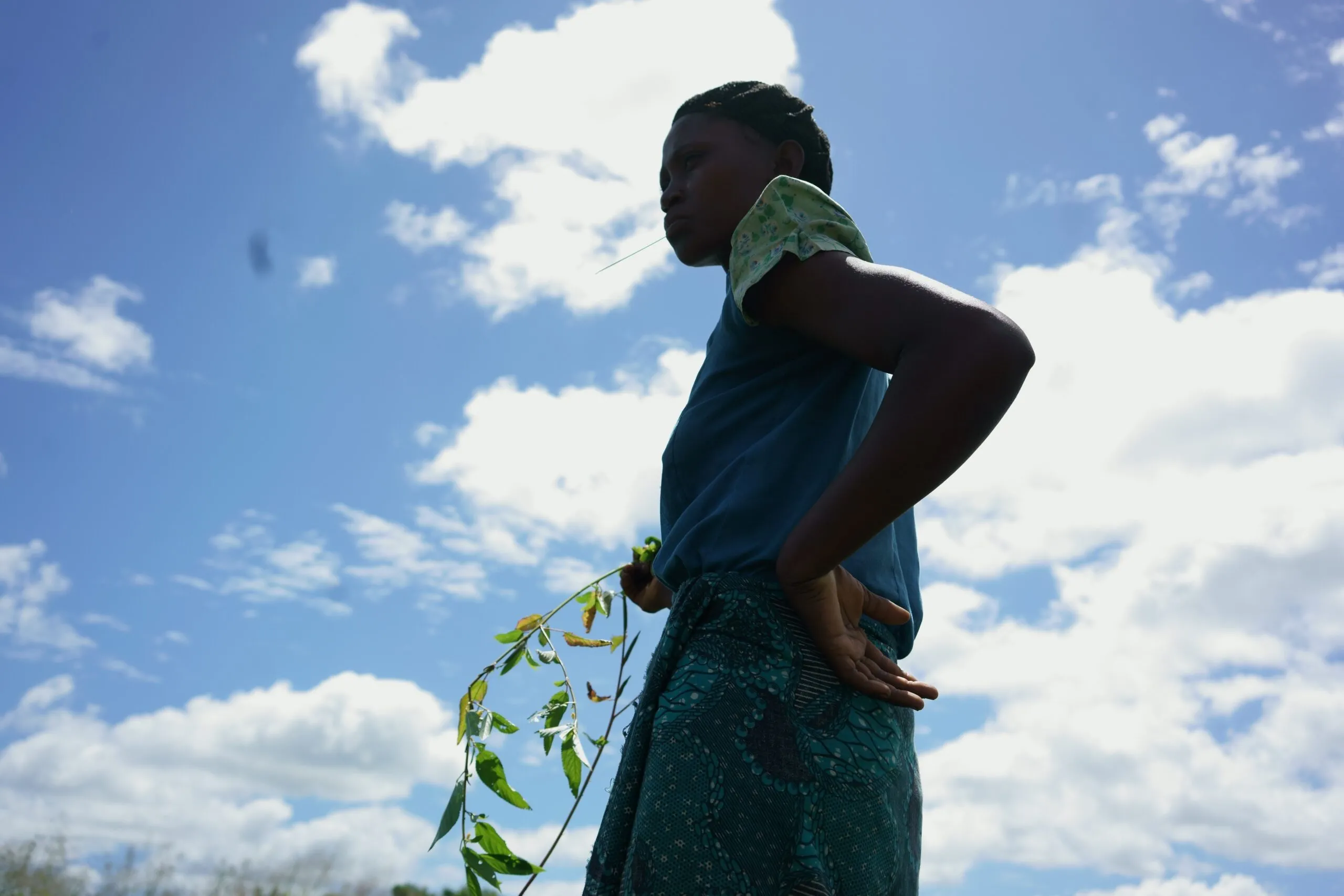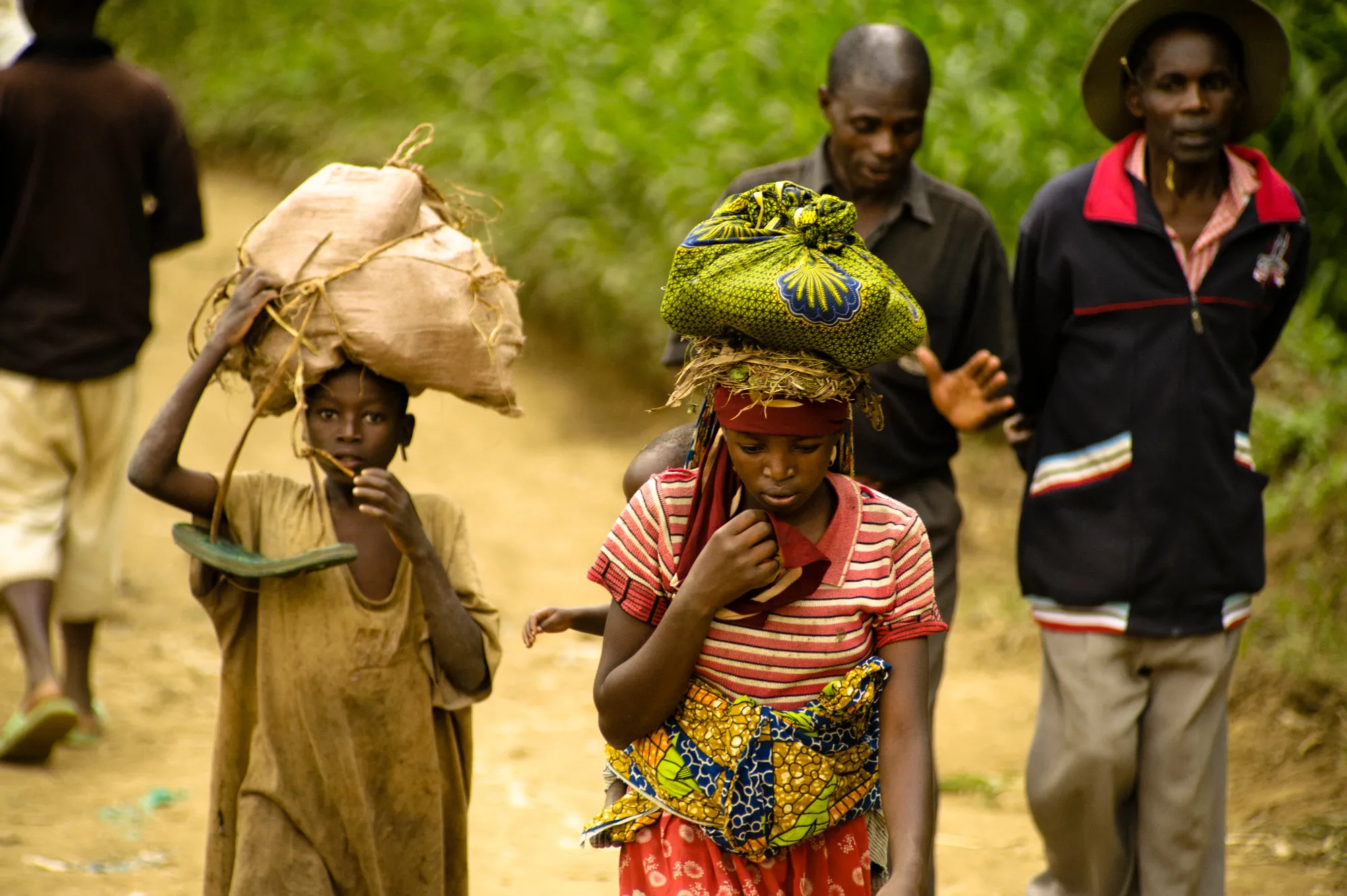Niger, mostly covered by the Sahara Desert, is a landlocked country in the Sahel region. The country lies on an important transit route for migrants heading to Europe, and it has the world’s fourth-largest uranium reserves.
In general, it is a country of records: one of the hottest countries, it has the highest fertility rate and the highest population growth in the world. In the UNDP Human Development Index, however, which measures three fundamental aspects of human development – health, knowledge and income – Niger ranks close to the bottom.
The war in Ukraine has affects everywhere
Of all 47 crises CARE studied, Ukraine received the most media coverage, with 2.2 million articles in online media. As recently as last year, Ukraine ranked #2 among the forgotten humanitarian crises in our report.
The war in Ukraine was also — along with climate change — one of the main causes of crises this year. With grain exports failing and global prices rising, people all over the world suffered the consequences of the conflict. But nowhere is this more evident than in Africa.
All 10 crises in the Breaking the Silence report combined for just 66,723 articles published. There were more than three times as many articles about the legal dispute between Johnny Depp and Amber Heard than nearly all 10 neglected humanitarian crises combined.
A note on CARE’s methodology: The total number of people affected by each crisis is derived from data from the analysis portal ACAPS, the UN information service Reliefweb, and CARE’s own figures. With the support of Meltwater’s media monitoring, CARE then examined five language areas (Arabic, English, French, German and Spanish). Corresponding keywords of the crisis were added to each country, so that, for example, not every article about Angola was counted, but specifically those that also spoke of hunger and/or drought. In total, 5.8 million articles for all 47 crises were analyzed by Meltwater. This resulted in the top 10 of those crises that received the least coverage. The study period is Jan. 1st of January to 10th of October 2022, due to the following production phase of the report, which is always published in January.












